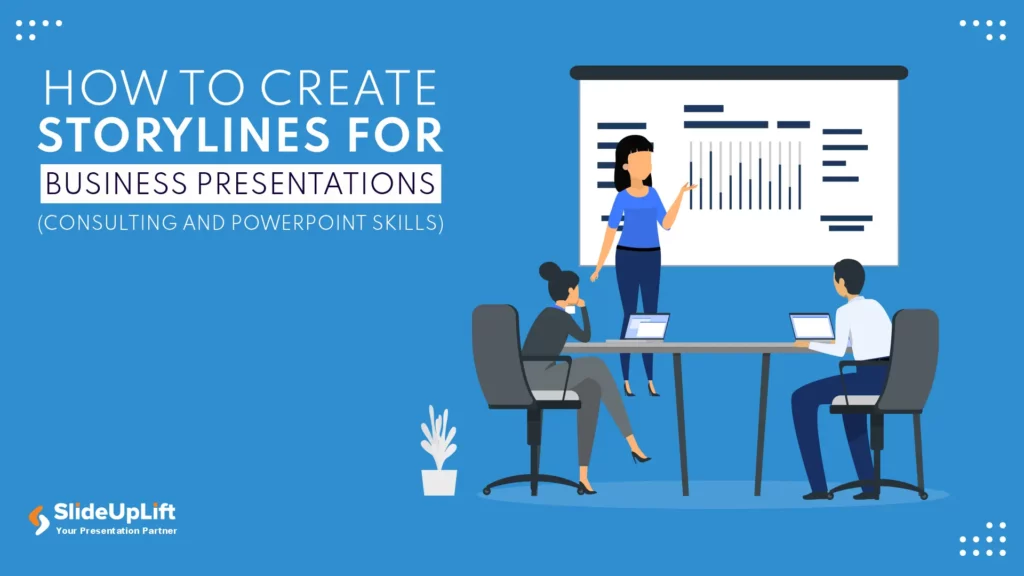Business
6 Stunning new co-working spaces around the globe
From eco-friendly spaces in Bali to sleek tech hubs in San Francisco, these six stunning new co-working spaces around the globe are redefining the future of work with unique designs, exceptional amenities, and inspiring environments.

Business
Google’s Gemini AI Goes Multimodal: Can It Outperform GPT-4 and Reshape the Future?
Google’s latest AI model, Gemini, promises to understand text, images, and even code simultaneously—raising the stakes in the AI arms race. But is it truly a game-changer, or just another incremental upgrade?

The AI Battle Heats Up
The artificial intelligence landscape is shifting at breakneck speed, and Google’s newly unveiled Gemini AI is the latest contender vying for dominance. Designed as a “multimodal” model, Gemini can process and generate text, images, audio, and even computer code in a single framework—a leap beyond OpenAI’s GPT-4, which primarily excels in text.
Google claims Gemini outperforms GPT-4 in 30 out of 32 benchmark tests, including complex reasoning, coding tasks, and image recognition. Early demos show it analyzing handwritten math problems, generating Python scripts from diagrams, and even explaining scientific concepts with illustrated summaries. But is this just marketing hype, or does Gemini represent a true evolution in AI?
Why Multimodality Matters
Most AI models today specialize in one domain—text (like ChatGPT), images (like DALL-E), or audio (like ElevenLabs). Gemini’s ability to seamlessly integrate these functions could revolutionize industries:
-
Education: Students could upload a photo of a calculus problem and receive step-by-step explanations in text and video.
-
Healthcare: Doctors might input X-rays, lab reports, and patient histories for instant diagnostic suggestions.
-
Software Development: Coders could sketch an app interface and have Gemini generate the underlying code.
However, critics argue that real-world performance may not match controlled demos. Google has faced backlash in the past for overhyping AI (remember Bard’s disastrous demo?), and Gemini’s rollout will be closely scrutinized.
The Ethical and Competitive Implications
Gemini’s launch intensifies the AI arms race between Google, OpenAI, and Meta. OpenAI is reportedly developing GPT-5, while Meta’s Llama 3 looms on the horizon. The stakes? Control over the future of human-computer interaction.
But with great power comes great controversy:
-
Bias and Misinformation: Multimodal AI could amplify deepfakes or generate misleading content faster than ever.
-
Job Disruption: Roles in tutoring, graphic design, and customer service may face automation risks.
-
Corporate Control: Google’s dominance in AI could raise antitrust concerns, mirroring past battles over search and ads.
What’s Next?
Gemini will debut in phases, starting with Gemini Nano (for mobile devices) and Gemini Ultra (its most advanced version) in early 2024. Pricing, API access, and third-party integrations remain unclear—key factors for developers deciding between Gemini and GPT-4.
One thing is certain: AI is no longer just about text. As models like Gemini blur the lines between human and machine capabilities, society must grapple with how to harness their potential—without falling prey to their pitfalls.
Business
MSNBC finishes first in primetime basic cable for first time ever
MSNBC claims the top spot in primetime basic cable ratings for the first time, thanks to its engaging political coverage and in-depth analysis from stars like Rachel Maddow and Lawrence O’Donnell.

In a groundbreaking moment for the network, MSNBC has officially secured the top spot in primetime basic cable ratings for the first time in its history. This remarkable achievement marks a significant turning point in the competitive cable news landscape, as MSNBC has long been known for its in-depth political coverage and progressive commentary. Over the past few years, the network has experienced substantial growth in viewership, particularly during key political events like the 2020 Presidential Election and its aftermath. MSNBC’s prime-time shows, such as The Rachel Maddow Show, The Last Word with Lawrence O’Donnell, and All In with Chris Hayes, have gained dedicated audiences by offering detailed reporting and analysis of the nation’s most pressing issues.
The surge in MSNBC’s ratings can be attributed to a number of factors. First, its coverage of political developments has resonated deeply with a politically engaged demographic, particularly viewers seeking thoughtful commentary in an era of partisan divisions. Second, the network’s ability to deliver real-time breaking news with a commitment to factual reporting has earned it a reputation for trustworthiness. In comparison to its competitors like Fox News and CNN, MSNBC’s unique approach to storytelling and its focus on detailed political analysis have helped it distinguish itself in a crowded media space. The victory in primetime ratings is a testament to the network’s evolving content strategy, which includes expert interviews, investigative journalism, and comprehensive coverage of major events that have captivated the nation.
For MSNBC, this milestone represents not just a moment of triumph, but also a strategic opportunity to continue building its brand. With viewership on the rise, the network is positioned to solidify its standing as a major player in the cable news world, further pushing its progressive agenda while maintaining its reputation for thorough reporting. As the media landscape continues to evolve, MSNBC’s success proves that a focus on quality content and a clear editorial voice can still resonate with audiences in a saturated market.
Business
3 Ways to make your business presentation more relatable
Make your business presentation more relatable by using real-life stories, tailoring your content to your audience, and fostering an interactive, conversational environment.

When delivering a business presentation, one of the biggest challenges is ensuring that your message resonates with your audience. It’s not enough to simply present data or share insights; to truly connect with your listeners, you must make your presentation feel relevant and relatable. Here are three effective ways to enhance the relatability of your business presentation and engage your audience more effectively.
-
Use Real-Life Examples and Stories
One of the best ways to make your business presentation more relatable is by incorporating real-life examples and personal stories. People connect with stories because they are tangible and humanize abstract concepts. Share success stories, case studies, or even personal experiences that highlight how your message has played out in the real world. For example, instead of just talking about a product’s features, you could tell the story of how a particular customer used the product to solve a challenge. This approach helps your audience visualize how the information applies to their own experiences and needs. -
Know Your Audience and Tailor Your Content
Understanding your audience is crucial in making your presentation relatable. Tailor your content to address the specific challenges, goals, or interests of the people in the room. For instance, if you’re presenting to a team of marketers, emphasize strategies and results that speak to their specific work, such as increasing conversion rates or engaging customers on social media. By aligning your message with the interests and priorities of your audience, you make it more likely that they will connect with the content and see its value in their context. The more relevant the presentation is to them, the more engaged they will be. -
Make It Interactive and Conversational
Rather than presenting in a formal, one-way manner, make your business presentation interactive and conversational. Ask questions, encourage feedback, and invite discussion throughout the presentation. This creates an environment where your audience feels more involved and valued. Interactive elements such as polls, live demonstrations, or Q&A sessions can also increase engagement and make your message more memorable. The goal is to transform the presentation from a lecture into a two-way conversation, fostering a deeper connection with the audience and ensuring they feel included in the process.
By incorporating real-life stories, tailoring your message to your audience, and making the presentation interactive, you can transform an otherwise dry business pitch into a compelling and relatable experience. This approach not only enhances the effectiveness of your presentation but also leaves a lasting impression on your audience, making them more likely to take action based on what they’ve learned.
-

 Fashion6 months ago
Fashion6 months agoMove Over, Stanley Cups – This Insanely Aesthetic (and Leak-Proof) ‘It’ Water Bottle Is Suddenly All Over Your Feed
-

 Entertainment8 months ago
Entertainment8 months agoThe final 6 ‘Game of Thrones’ episodes might feel like a full season
-

 Fashion5 months ago
Fashion5 months agoKim Miso: Morocco’s Cultural Ambassador Shaping Korea’s Fashion and Music Scene
-

 Fashion5 months ago
Fashion5 months agoAddison Rae’s Y2K Revival: Nostalgia Meets New-Age Glam
-

 Fashion6 months ago
Fashion6 months agoFashion Artists Are Taking Over: New Wave Designers Drop Unfiltered Collections
-

 Fashion7 months ago
Fashion7 months agoMaison Yoshiki Paris SS25: A Symphony of Lightness and Artistry
-

 Fashion6 months ago
Fashion6 months agoHailey Bieber’s Timepiece Triumph: A Dress That Ticks All the Boxes
-

 Tech6 months ago
Tech6 months agoAgentic AI Takes Over: Your New Co-Worker is a Self-Learning Algorithm














